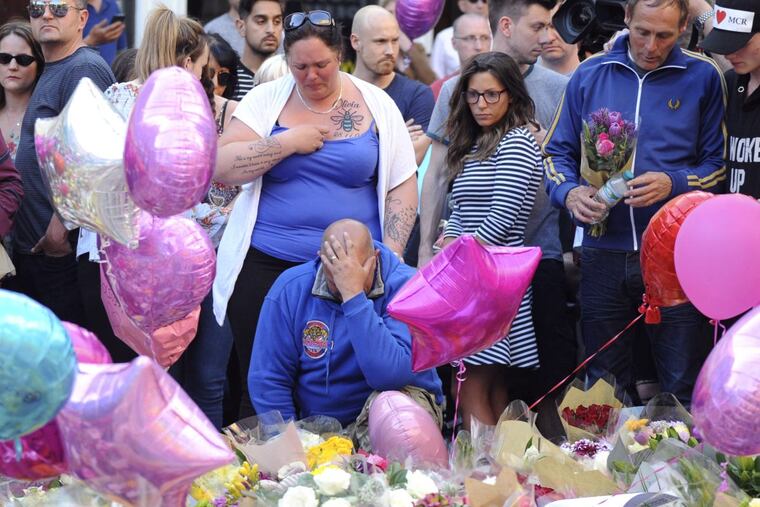Teaching children resilience in an age of terror
We must strengthen resilience in a conscientious, research-driven way that recognizes that the capacity to recover from difficulty or misfortune can be nurtured and ensures our community's youngest members are best prepared not just to face any potential attack but to bounce back after.

Monday's terrorist attack was yet another moment of horror at the hands of a suicide bomber, one that left 22 dead and more than 60 injured outside an Ariana Grande concert. As a counterterrorism expert, I see the attack at Manchester Arena raising anew questions about the reach of ISIS and its followers, the threat of lone wolves or small groups of lone actors, and the best way to combat terrorist radicalization.
In my new role, as head of an all girls' school outside Philadelphia, it raised ever more pressing concerns about the vulnerability of "soft" targets, like concert halls, stadiums, and schools, and whether school-aged children — girls, in particular — are increasingly vulnerable to terrorist attacks.
Indeed, over the last decade, international and domestic terrorists have increasingly sought to target vulnerable populations like the concertgoers in Manchester. Al-Qaeda in the Arabian Peninsula's notorious online magazine, Inspire, went so far as to direct its supporters in the West to attack "sports events in which tens of thousands attend, election campaigns, festivals, and other gathering [sic]," which are "flooded with individuals" for maximum impact of the worst kind. This came alongside a list of specific venues to attack and DIY-like instructions for making bombs that can be used against exposed targets.
It's why, at my school, we run regular drills to ensure our students are prepared for extremist situations that put our campus on lockdown. It's why there's a committee of faculty and staff who repeatedly review our campus security and safety procedures. And why we continue to augment security systems already in place and partner with local law enforcement as much as possible.
Even with these security-focused efforts underway, I can't help but think that the "best defense is a good offense" adage is more apt than ever. Not just for my former colleagues, in the military and government — those battling terrorist groups on the front lines or overseeing counterterrorism operations for the United States and our allies. But also for those of us working on a daily basis with those young students who have grown used to seeing terrorist attacks on the news and are coming of age at a time when attending a music concert or sporting event feels like facing a higher level of risk than ever before.
The most important thing we can do is to teach our children resilience. Not in an abstract, idealized fashion. But in a conscientious, research-driven way that recognizes that the capacity to recover from difficulty or misfortune can be cultivated and ensures our community's youngest members are best prepared not just to face any potential attack but to bounce back after.
It's about creating a school culture where we nurture optimism and self-efficacy, crucial characteristics of resilient adults, and also encourage students — and their parents — to embrace moments of failure as opportunities to learn.
It's about using techniques that strengthen children's executive functioning, so they can better manage their behavior and feelings, even as we proactively help them develop critical coping skills and adopt strategies to deal with adversity.
It's about affirming the primacy of a strong faculty-student relationship, ensuring that every student can count on a trusted teacher, adviser, or coach, who models resilience while building that child's self-esteem and helping her through rough patches.
Ultimately, it's also about talking openly about the importance of teaching resilience. That's why I was so inspired when, just this week, two Baldwin School faculty members joined me over lunch to talk about specific techniques they're using to ensure we actively cultivate adaptability and grit — key aspects of resiliency — in both our students and teachers. These are conversations that must be embraced more broadly and prioritized more clearly.
The unfortunate reality is that the Manchester bombing won't be the last terrorist assault on a "soft" target frequented by school-aged children. Even as security forces and government officials do everything in their power to forestall future attacks, teachers, parents, and school communities also need to make sure our students are best equipped for this reality. That they are resilient enough to dance the night away when the next concert comes to town.
Marisa Porges is head of school at the Baldwin School in Bryn Mawr, and a former counterterrorism policy adviser in the Bush and Obama administrations. mporges@baldwinschool.org